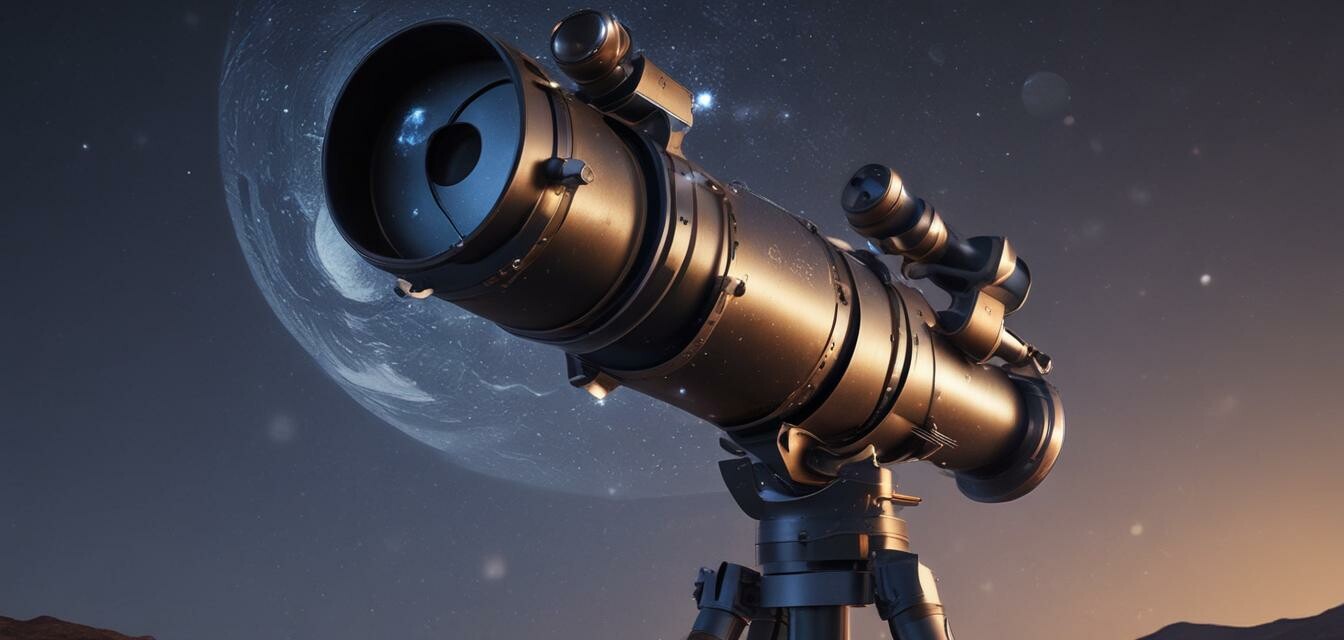
How to maintain your telescope for optimal planet viewing
Keeping your telescope in peak condition is essential for an unforgettable planet viewing experience. Proper maintenance ensures that you have the best possible views of celestial bodies, whether you’re a beginner or a seasoned astronomer. In this article, we will go over essential guidelines on cleaning, maintenance, and storage that will help you achieve stunning planetary views.
Key Takeaways
- Regular cleaning is crucial for clear views through your telescope.
- Proper storage can help protect your equipment from damage.
- Calibration should be performed regularly for accurate tracking of planets.
- Use recommended tools and techniques for maintenance tasks.
- Discussing maintenance techniques can enhance your overall viewing experience.
Understanding the Parts of Your Telescope
Before diving into maintenance, it is important to understand the main components of your telescope:
| Component | Function |
|---|---|
| Optical tube | Houses the optics and gathers light. |
| Mount | Supports the telescope and aids in movement. |
| Optics | Lenses or mirrors that focus light to form images. |
| Finder scope | Helps locate objects in the sky. |
| Eyepiece | Magnifies the images formed by the optics. |
Cleaning Your Telescope
Regular cleaning keeps your telescope free from dust and grime, allowing for optimal viewing conditions. Here’s how to do it properly:
Cleaning Tips
- Use a microfiber cloth to clean the optical surfaces.
- A soft brush can help remove dust from the telescope body and optics.
- Use lens cleaner specifically designed for optical equipment.
- Always clean from the center outwards to avoid scratches.
- Inspect your eyepieces and optics frequently for smudges.
When to Clean
It’s essential to know when to clean your telescope. Here are some situations that warrant immediate attention:
- If you notice a decrease in clarity during viewing sessions.
- After observing in dusty or windy conditions.
- If your telescope has been unused for a prolonged period.
Storage Techniques
Proper storage protects your telescope and prolongs its life. Follow these storage techniques:
- Store in a cool, dry place away from direct sunlight.
- Use a sturdy case to protect from physical damage.
- Keep the telescope disassembled if space allows.
- Cover the optical surfaces to prevent dust buildup.
- Avoid leaving in vehicles, especially during extreme temperatures.
Calibration and Maintenance
Calibration is necessary to ensure accurate tracking of celestial objects. Here’s how you can maintain and calibrate your telescope for optimal use:
Pros of Regular Calibration
- Better tracking of planetary movements.
- Improved clarity and precision in imaging.
- Greater longevity of the telescope.
- Enhanced overall viewing experience.
Cons of Neglecting Calibration
- Poor imaging quality.
- Difficulty in locating desired celestial objects.
- Increased wear on the telescope.
Using Telescope Accessories
Using accessories can enhance your telescope experience. Here are some useful accessories to consider:
| Accessory | Description |
|---|---|
| Barlow Lens | Increases magnification; doubles or triples the eyepiece's power. |
| Field Flattener | Ensures even sharpness across the entire field of view. |
| Filters | Enhance contrast and visibility of planets and lunar features. |
| Stardust Scanner | A digital tool for tracking and identifying celestial objects. |
Common Issues and Troubleshooting
Even the best telescopes can experience issues. Here are some common problems and solutions:
- Blurry Images: Check for dirt on optics and ensure proper alignment.
- Difficulty in Tracking: Recalibrate and ensure nothing is obstructing movements.
- Loose Components: Check screws and tighten where necessary.
Conclusion
Maintaining your telescope is crucial for enjoying the beauty of planets and other celestial objects. Regular cleaning, appropriate storage, and timely calibration will ensure a stellar stargazing experience. Don’t forget to utilize accessories and heed maintenance tips to elevate your viewing sessions further!
For more tips on maximizing your stargazing experience, check our guides on tips and tricks, as well as recommended accessories to enhance your telescope’s capabilities.